Home>Garden Essentials>How Big Is A 2000 Square Feet Play Area?
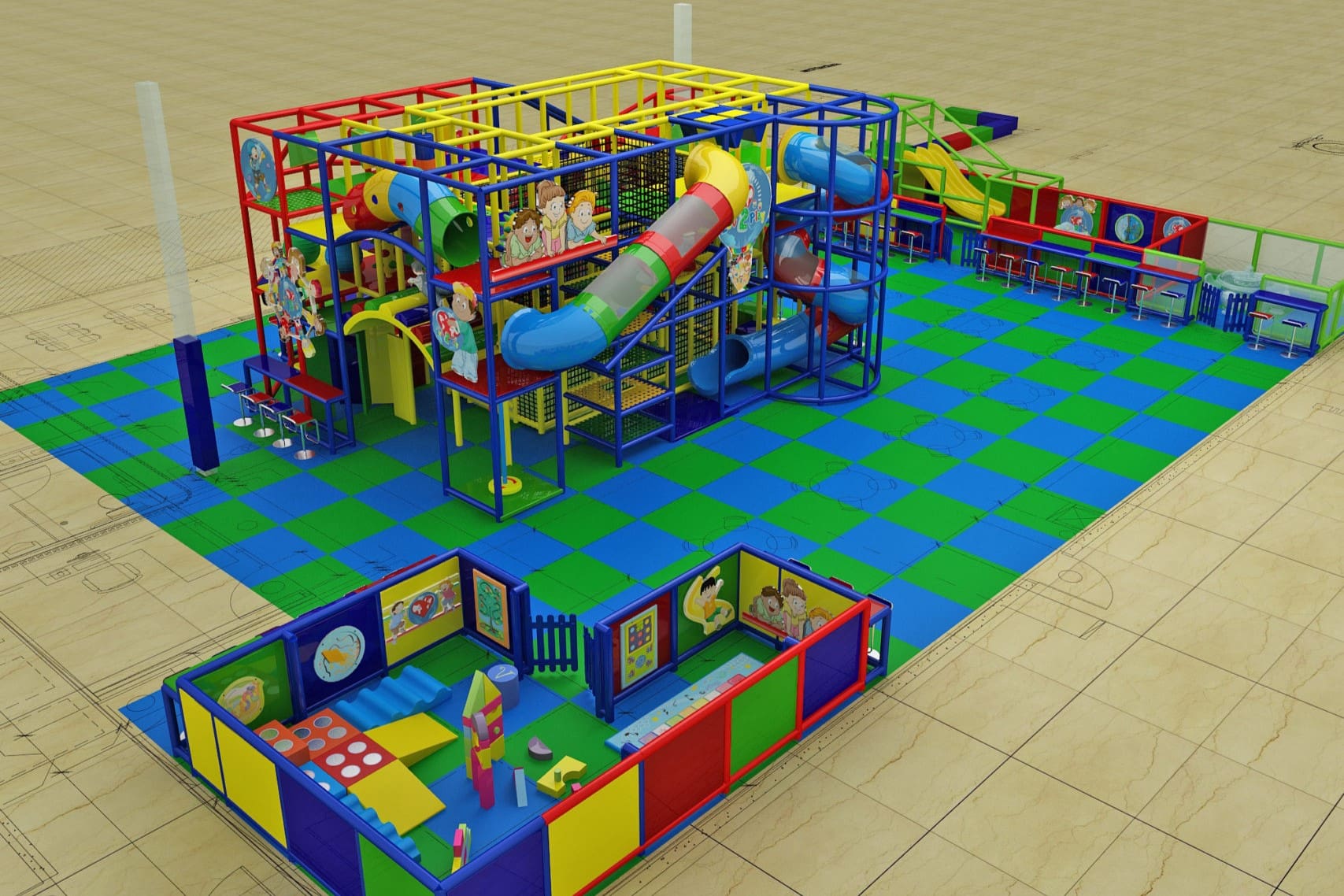

Garden Essentials
How Big Is A 2000 Square Feet Play Area?
Modified: March 7, 2024
Discover the size of a 2000 square feet play area for your garden. Learn how to maximize the space and create a perfect outdoor setting for your family and friends.
(Many of the links in this article redirect to a specific reviewed product. Your purchase of these products through affiliate links helps to generate commission for Storables.com, at no extra cost. Learn more)
Introduction
Welcome to our comprehensive guide on understanding play area sizes! If you’re curious about how big a 2000 square feet play area is, you’ve come to the right place. Play areas provide a space for children to explore, imagine, and have fun. Whether you are a parent, a gardener, or someone interested in creating a play area, it’s essential to have a clear understanding of the space you have available.
In this article, we’ll break down the concept of square feet, explore what a 2000 square feet play area looks like, and discuss the factors you need to consider when determining the ideal size for a play area. By the end, you’ll have a better grasp of play area sizes and be equipped with the knowledge to plan and create an engaging and enjoyable space for children to play.
So, let’s dive in and unravel the mysteries of play area sizes!
Key Takeaways:
- A 2000 square feet play area can fit multiple play structures, open grassy spaces, garden features, pathways, and seating, providing a vibrant and engaging environment for children to explore and play.
- When creating a play area, consider factors like age range, play equipment, safety regulations, accessibility, theme, and maintenance to ensure a safe, enjoyable, and inclusive space for children to have fun and grow.
Understanding Square Feet
Before we delve into the specifics of a 2000 square feet play area, let’s first establish a clear understanding of what square feet means. Square feet is a unit of area commonly used in the measurement of spaces. It represents the total area of a two-dimensional shape, such as a room, a garden, or in this case, a play area.
One square foot is equivalent to a square that measures one foot along each side. To put it in perspective, imagine a square tile with sides measuring 12 inches. That tile would be considered one square foot. When it comes to larger spaces, such as a garden or play area, the measurement expands accordingly.
Square feet are calculated by multiplying the length of one side of a rectangular or square area by the length of the other side. For example, if you have a play area that measures 40 feet in length and 50 feet in width, the total area would be calculated as follows: 40 feet x 50 feet = 2000 square feet.
Understanding square feet is crucial when it comes to planning and designing a play area. It allows you to visualize the available space, determine suitable equipment layout, and make informed decisions on what can be accommodated within the given area.
Now that we have a grasp on the concept of square feet, let’s explore what a 2000 square feet play area looks like.
What Does 2000 Square Feet Look Like?
A 2000 square feet play area provides a generous space for children to engage in various activities and games. It offers ample room for free movement, imaginative play, and the installation of play equipment. To put it into perspective, let’s consider some examples of what can be accommodated within this area:
- Play Structures: Depending on the size and layout of the play structures, a 2000 square feet play area can accommodate multiple playsets, including swings, slides, climbing walls, and monkey bars. These structures would provide countless opportunities for children to explore their physical abilities and enjoy thrilling adventures.
- Open Grass Area: A portion of the play area can be designated as an open grassy space, perfect for running, playing ball games, or simply laying down a picnic blanket for outdoor picnics and relaxation.
- Garden Features: Integrating garden elements such as flower beds, plants, and shrubs into the play area can add a touch of natural beauty and sensory stimulation. With a 2000 square feet space, you can include a variety of flora and create an inviting and vibrant environment.
- Pathways and Paved Areas: Incorporating pathways and paved areas into the play area can assist with navigation and define separate play zones. These areas can be adorned with hopscotch markings, interactive mazes, or colorful patterns, adding an element of creativity and fun.
- Seating and Social Spaces: It’s essential to provide seating and social spaces for parents and caregivers to observe and engage with their children. A 2000 square feet play area can accommodate benches, picnic tables, or even small sitting areas with shade structures, ensuring everyone has a comfortable place to relax.
Keep in mind that the specific layout and arrangement of these elements will depend on the overall design, safety considerations, and the age range of the children using the play area. The possibilities are endless when it comes to creating a vibrant and engaging 2000 square feet play area.
Now that we have an idea of what a 2000 square feet play area can accommodate, let’s explore the factors to consider when determining the ideal size for a play area.
A 2000 square feet play area is roughly the size of half a basketball court or about 4 average-sized living rooms. It’s a great space for kids to play and run around!
Determining Play Area Size
When it comes to determining the size of a play area, there are several factors to consider to ensure it meets the needs of the children and provides a safe and enjoyable space. Here are some of the key factors to take into account:
- Age Range: The age range of the children who will be using the play area is an essential consideration. Younger children may require a smaller play area with age-appropriate equipment, while older children may need more space and challenges to keep them engaged.
- Types of Play Equipment: The types and number of play equipment you plan to install will impact the size of the play area. Consider the dimensions and required safety zones for each piece of equipment to ensure enough space is available.
- Play Activities: Think about the play activities you want to incorporate into the play area. Will there be areas for running, ball games, or imaginative play? Each of these activities may require specific space considerations.
- Safety Regulations: It’s essential to familiarize yourself with local safety regulations and guidelines regarding play area sizes and equipment spacing. Adhering to these regulations will help ensure the safety of the children using the play area.
- Accessibility: If you want to create an inclusive play area, consider accessibility features such as ramps, wide pathways, and ground surfaces that are suitable for children with mobility challenges. These features may require additional space in the play area.
- Land Availability: The available land or space you have will also influence the size of the play area. Consider any constraints, such as existing structures or natural elements that can impact the dimensions of the play area.
By evaluating these factors and taking them into account, you can determine the optimal size for your play area, ensuring it provides a safe and enjoyable environment for children of different ages and interests.
Now that you have a better understanding of how to determine the size of a play area, let’s wrap up our discussion.
Factors to Consider
When planning and creating a play area, it’s important to consider various factors to ensure it meets the needs and preferences of the children using it. Here are some additional factors to consider:
- Theme or Concept: Think about the theme or concept you want to incorporate into the play area. Whether it’s a nature-inspired space, a pirate adventure, or a futuristic play world, the theme can influence the design, layout, and overall atmosphere of the play area.
- Spatial Organization: Consider how the different play elements will be organized within the space. Create designated zones for active play, imaginative play, and quieter activities. It’s important to provide a balance of different play opportunities within the play area.
- Safety Measures: Safety should always be a top priority when designing a play area. Ensure that the play equipment and surfaces comply with safety regulations and standards, and consider adding soft landing materials, such as rubber mulch or synthetic turf, to minimize the risk of injuries from falls.
- Maintenance: Factor in the maintenance requirements for the play area. Consider the longevity and durability of materials used, as well as the accessibility for periodic inspections and repairs. Regular maintenance will help ensure the play area remains safe and functional for years to come.
- Community Feedback: Gather input and feedback from the community, including parents, children, and local organizations. Understanding their needs and preferences can help shape the design and amenities of the play area, making it a space that is truly enjoyed by all.
- Environmental Considerations: Pay attention to the environmental impact of the play area design. Consider using sustainable materials, incorporating native plants, and implementing eco-friendly practices such as rainwater harvesting or solar-powered lighting.
By considering these factors, you can create a play area that not only meets the physical and safety requirements but also provides an engaging and enjoyable space for children to explore and play.
Now that you have a comprehensive understanding of the factors to consider when creating a play area, let’s conclude our discussion.
Read more: How Big Is A 120 Square Feet Shed
Conclusion
Creating a play area is an exciting endeavor that allows us to provide children with a safe and engaging space to explore, imagine, and have fun. Understanding the concept of square feet, such as a 2000 square feet play area, gives us a tangible measurement to work with when planning our designs.
Throughout this guide, we have explored the significance of square feet, discussed what a 2000 square feet play area can accommodate, and delved into the factors to consider when determining the ideal size. By taking into account the age range of the children, the types of play equipment, safety regulations, and accessibility, we can create a play area that meets their needs and provides endless opportunities for play and growth.
Additionally, the consideration of factors such as theme or concept, spatial organization, safety measures, maintenance, community feedback, and environmental considerations ensures that the play area is not only enjoyable but also sustainable and inclusive.
As you embark on your play area creation journey, remember to approach the task with creativity, keeping in mind the specific needs and desires of the children who will use the space. By infusing fun and imaginative elements into the design, you can create a play area that sparks joy and fosters the development of physical, cognitive, and social skills.
So, go ahead and let your imagination run wild as you transform that 2000 square feet into a captivating play area that will bring smiles and laughter to children’s faces for years to come!
Frequently Asked Questions about How Big Is A 2000 Square Feet Play Area?
Was this page helpful?
At Storables.com, we guarantee accurate and reliable information. Our content, validated by Expert Board Contributors, is crafted following stringent Editorial Policies. We're committed to providing you with well-researched, expert-backed insights for all your informational needs.
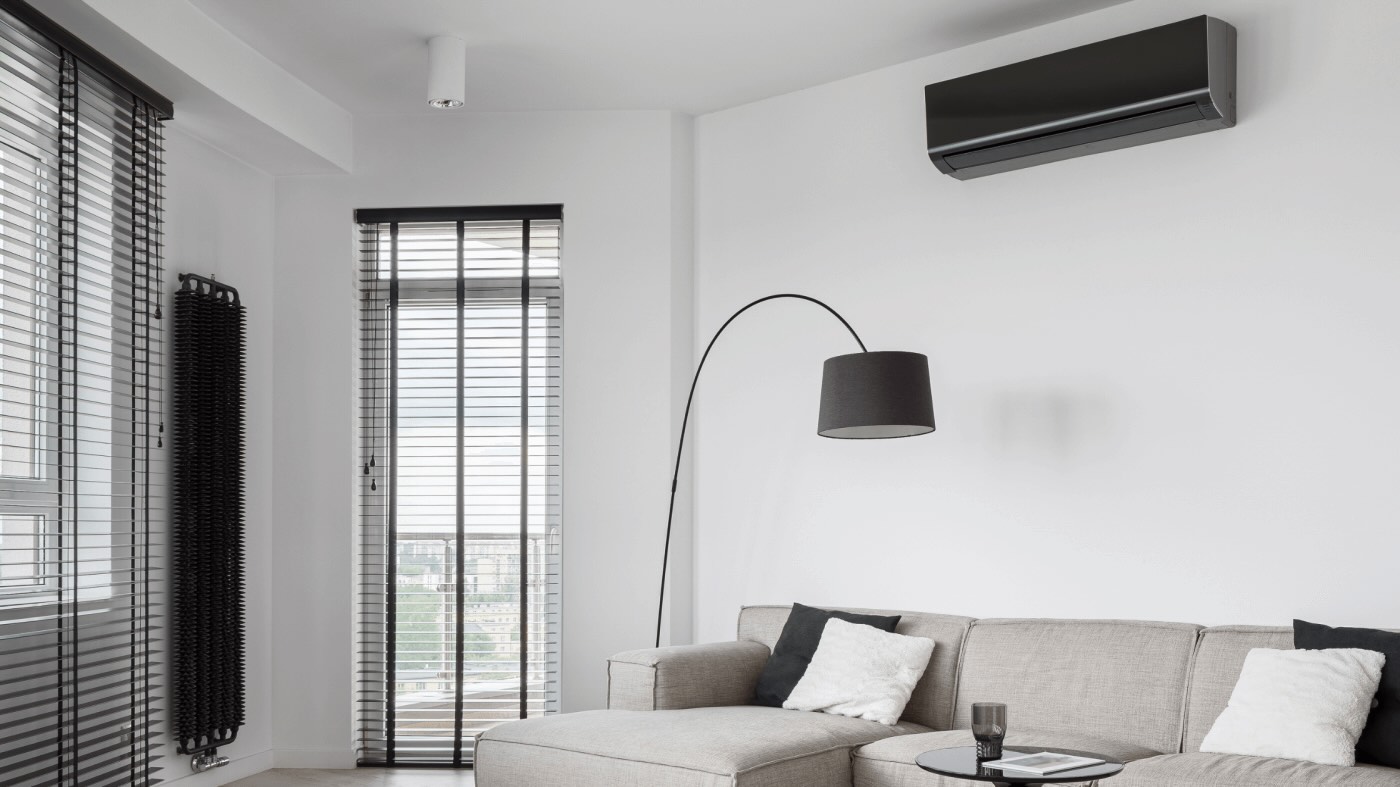
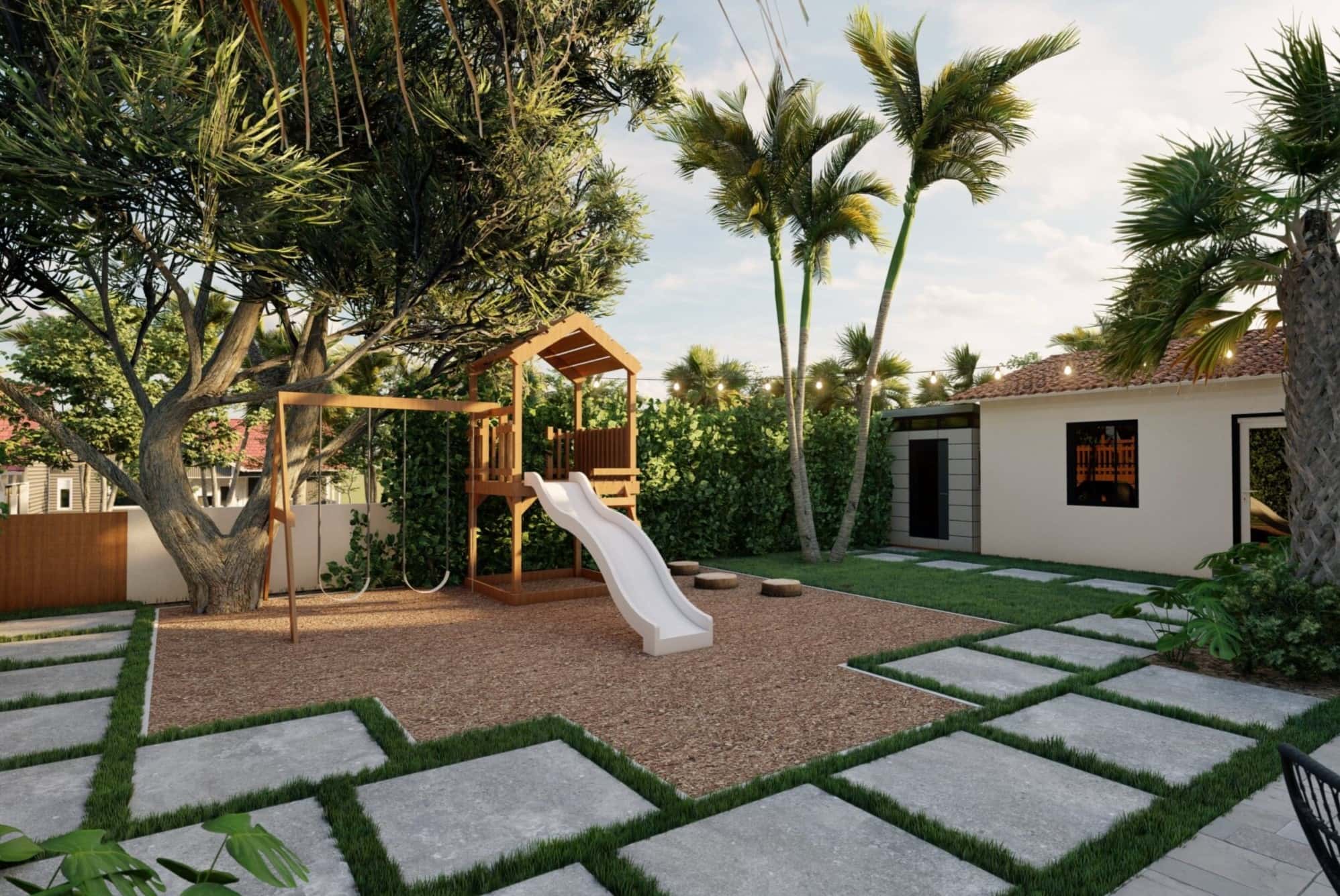
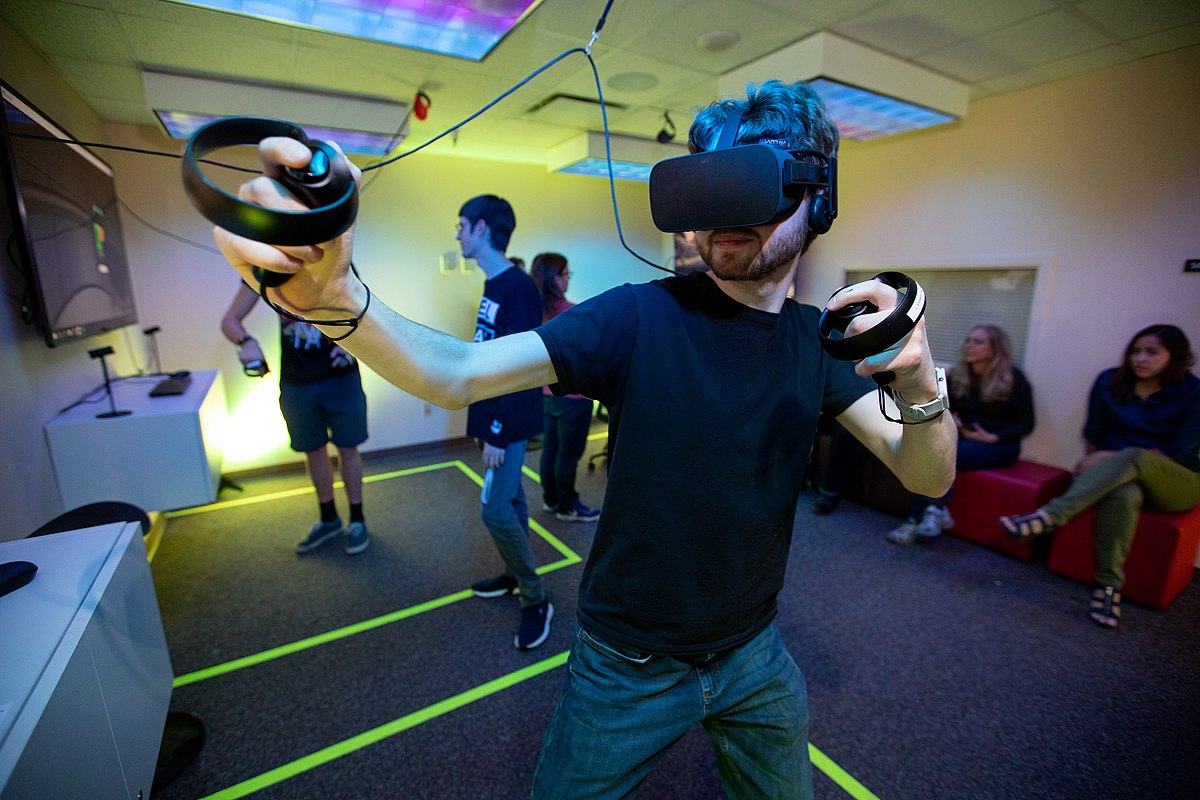
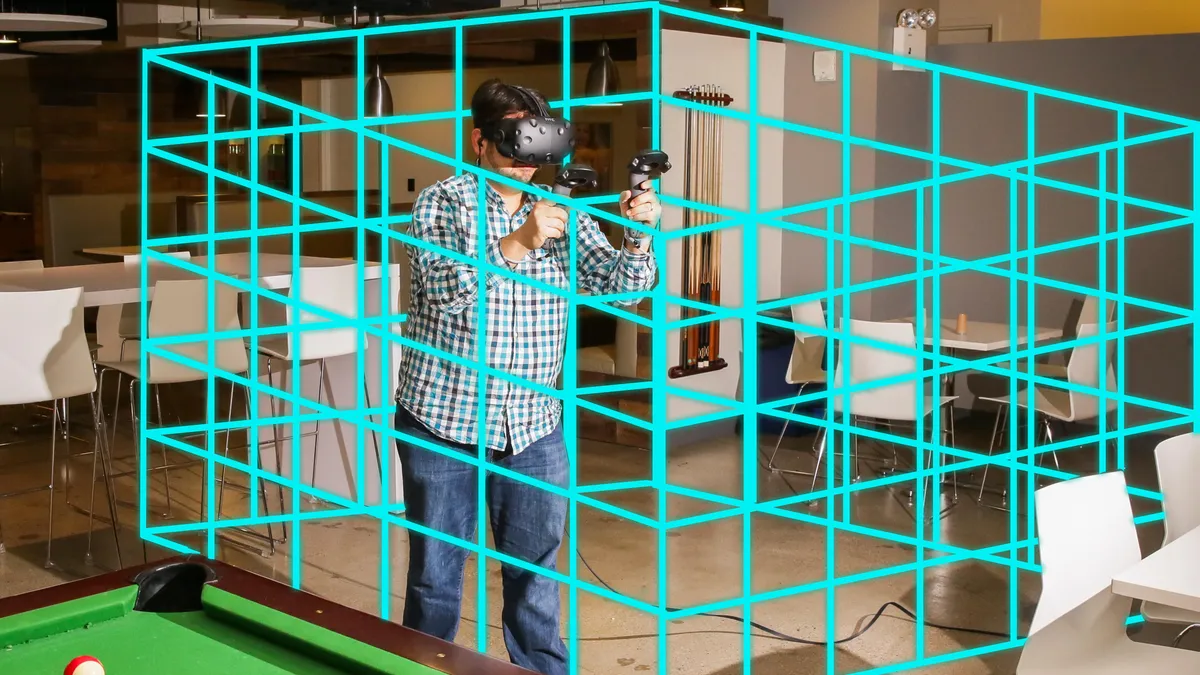
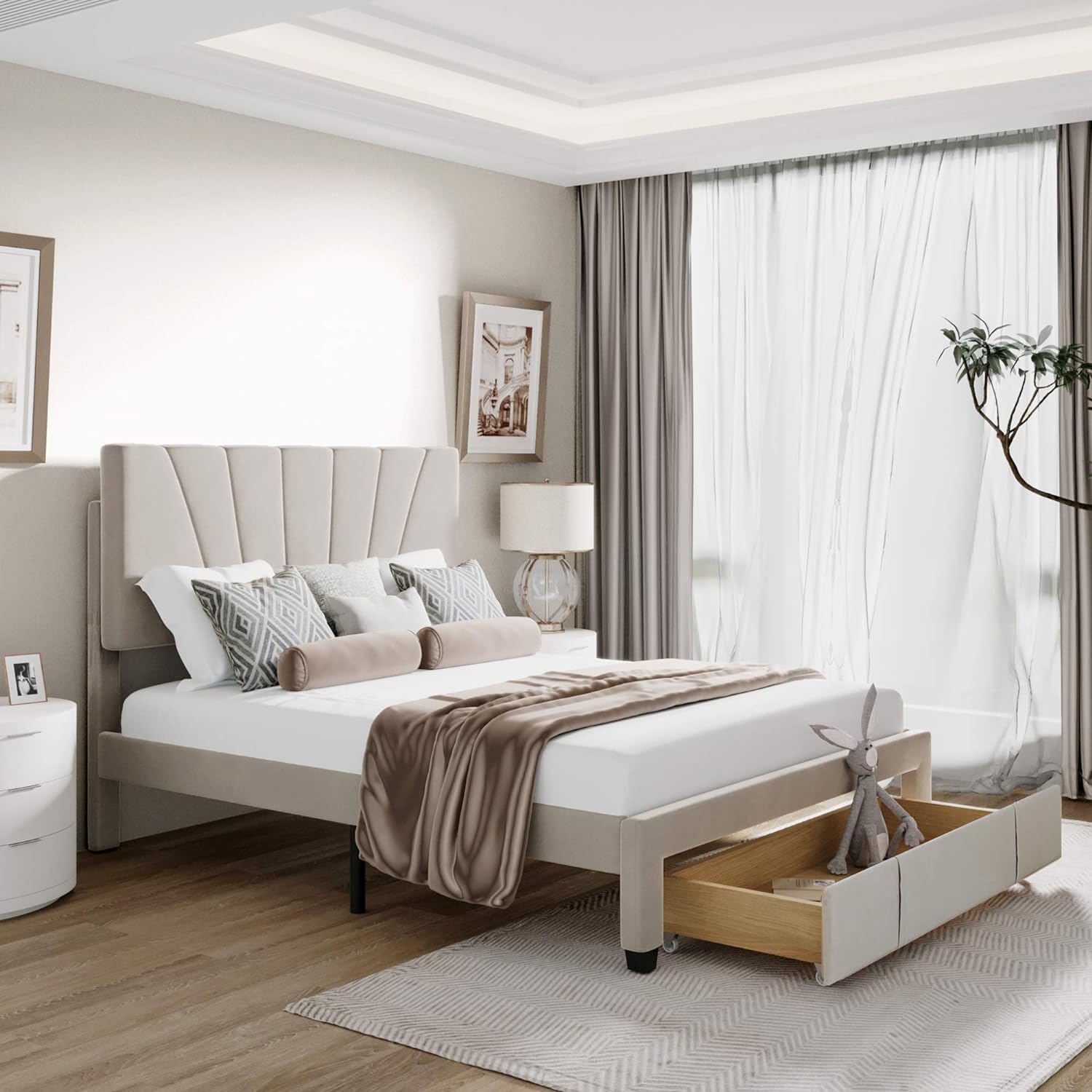
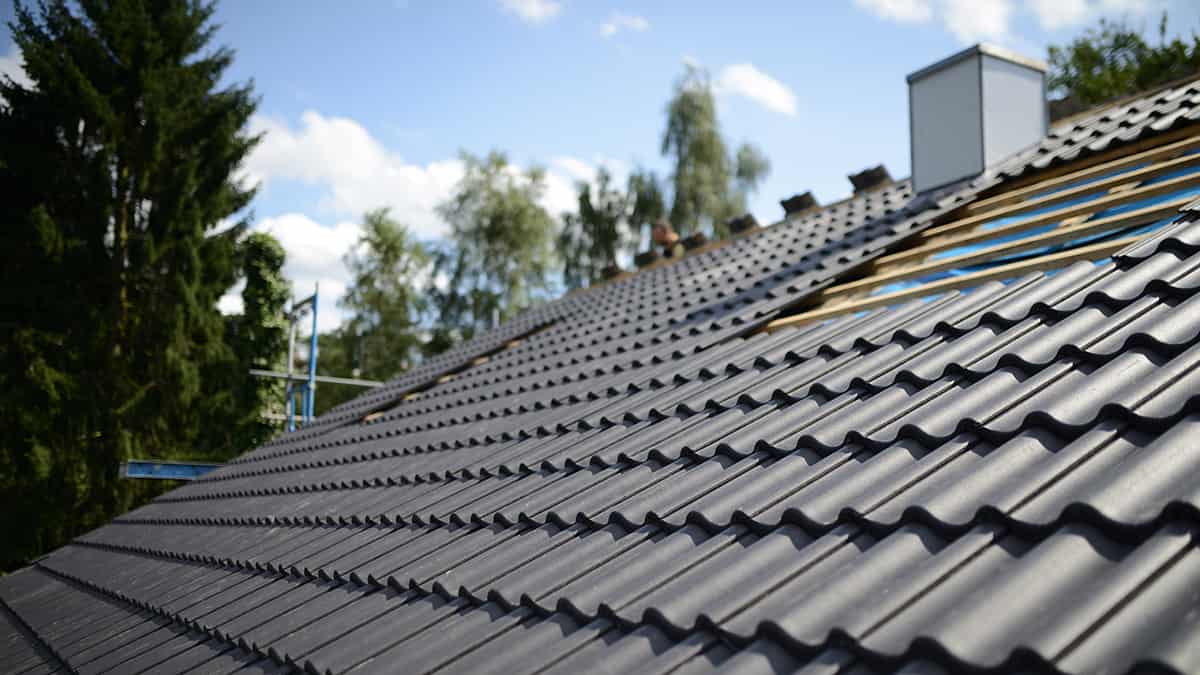
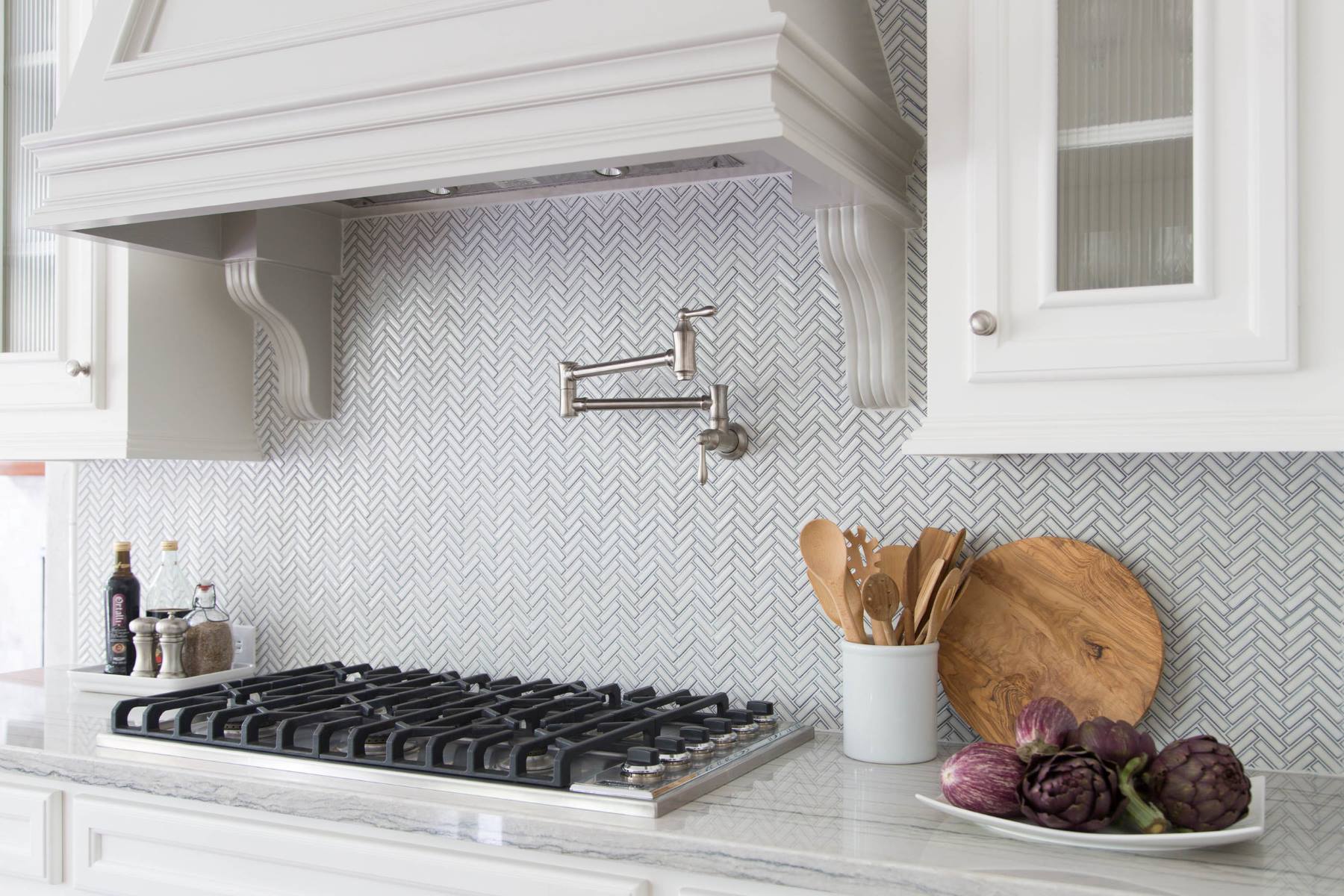
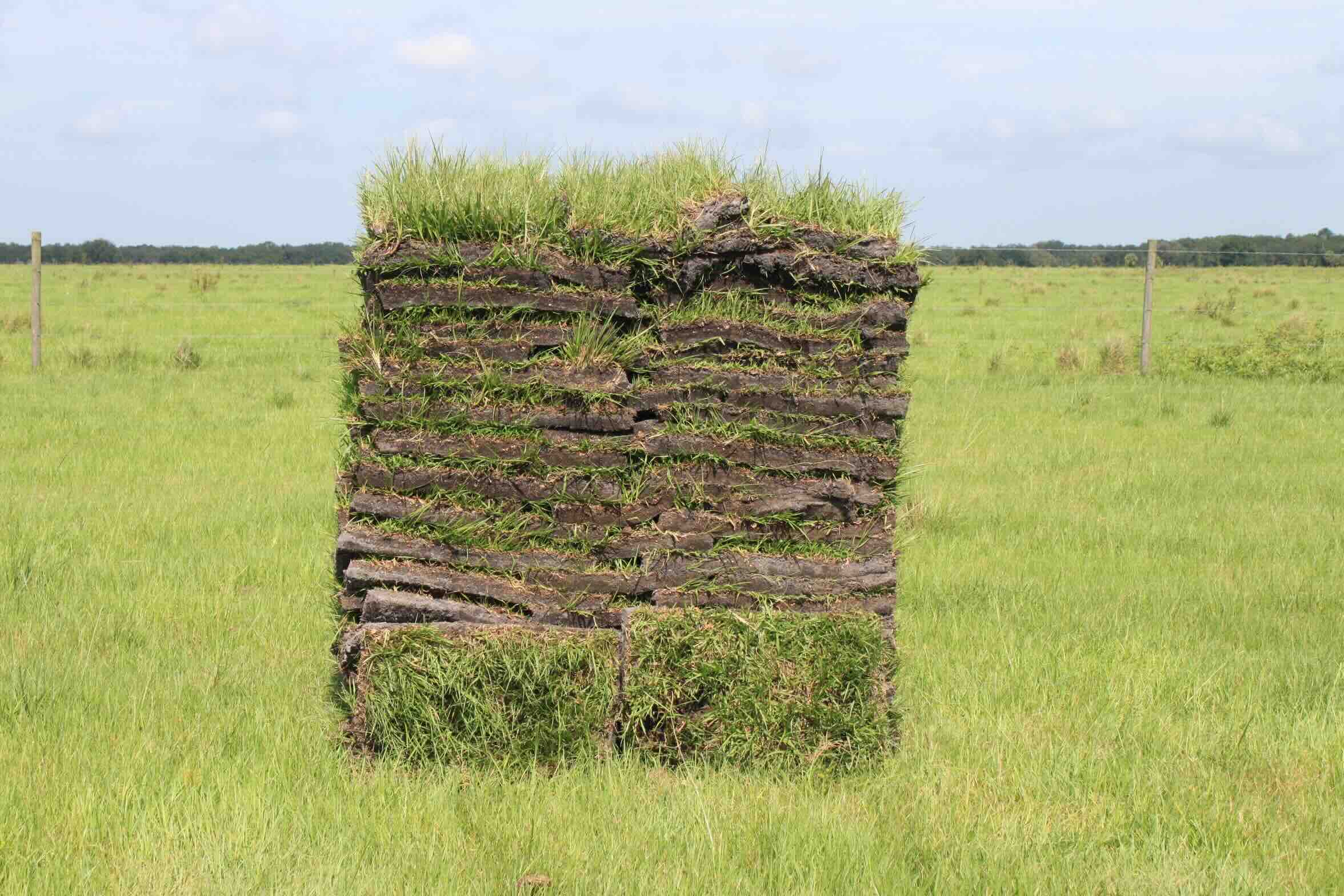
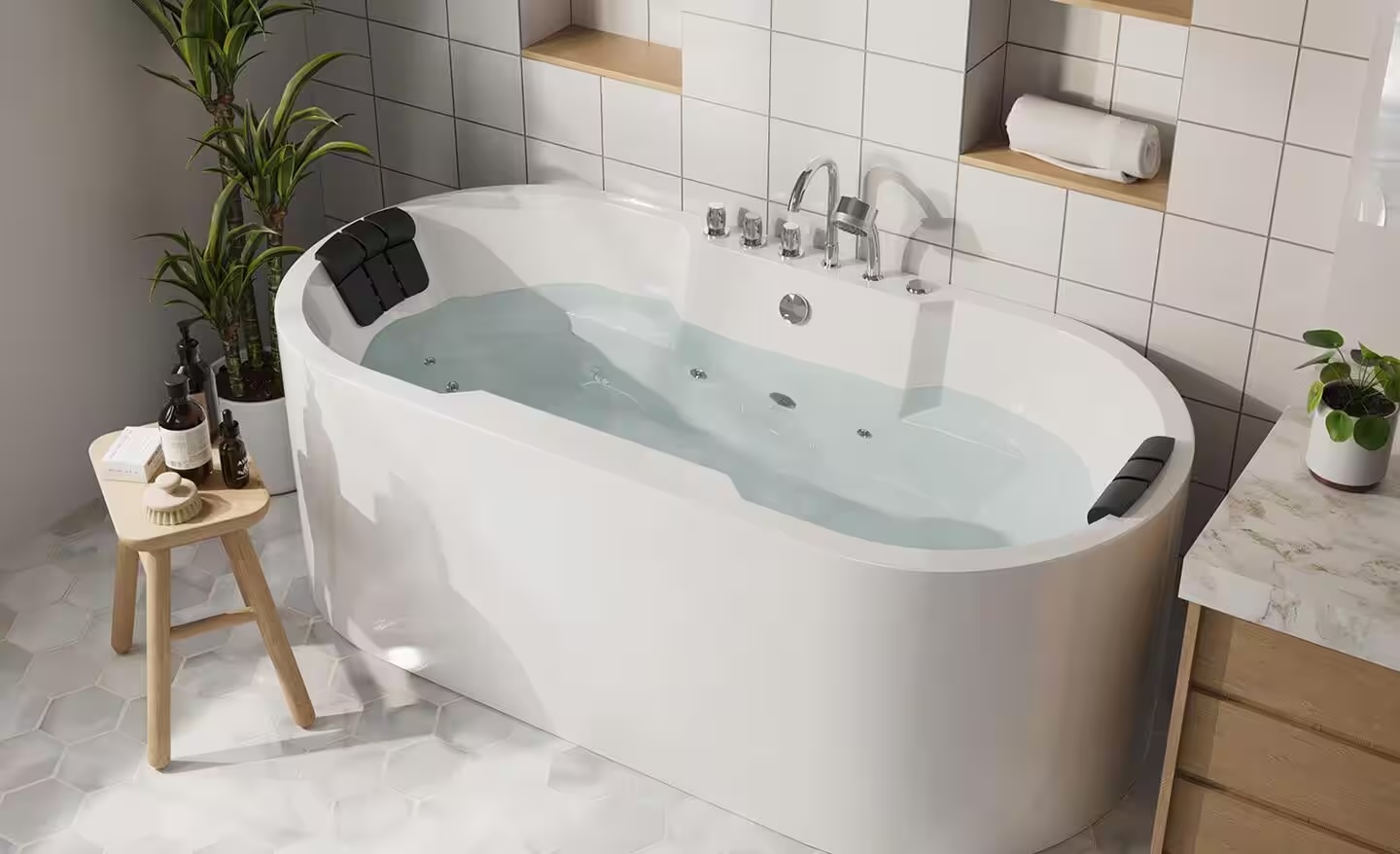
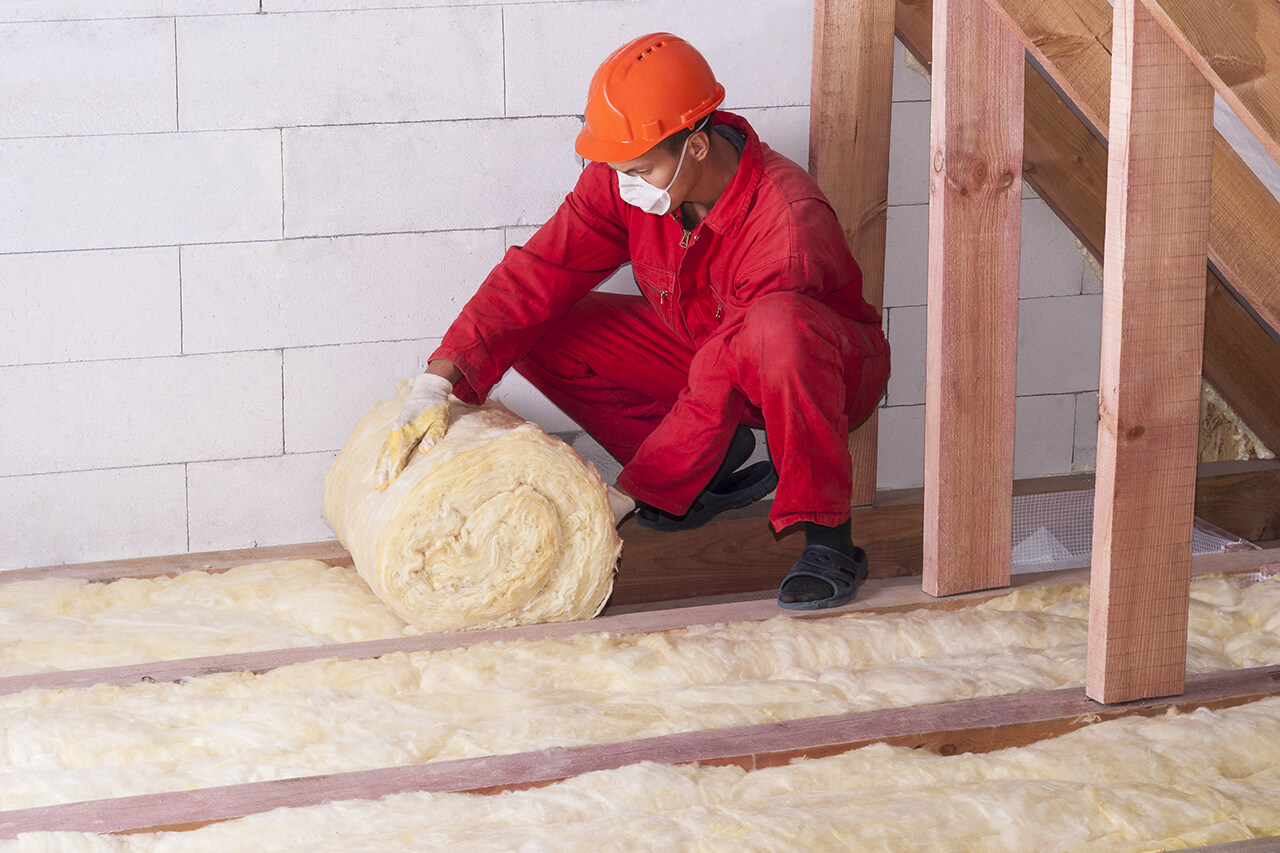
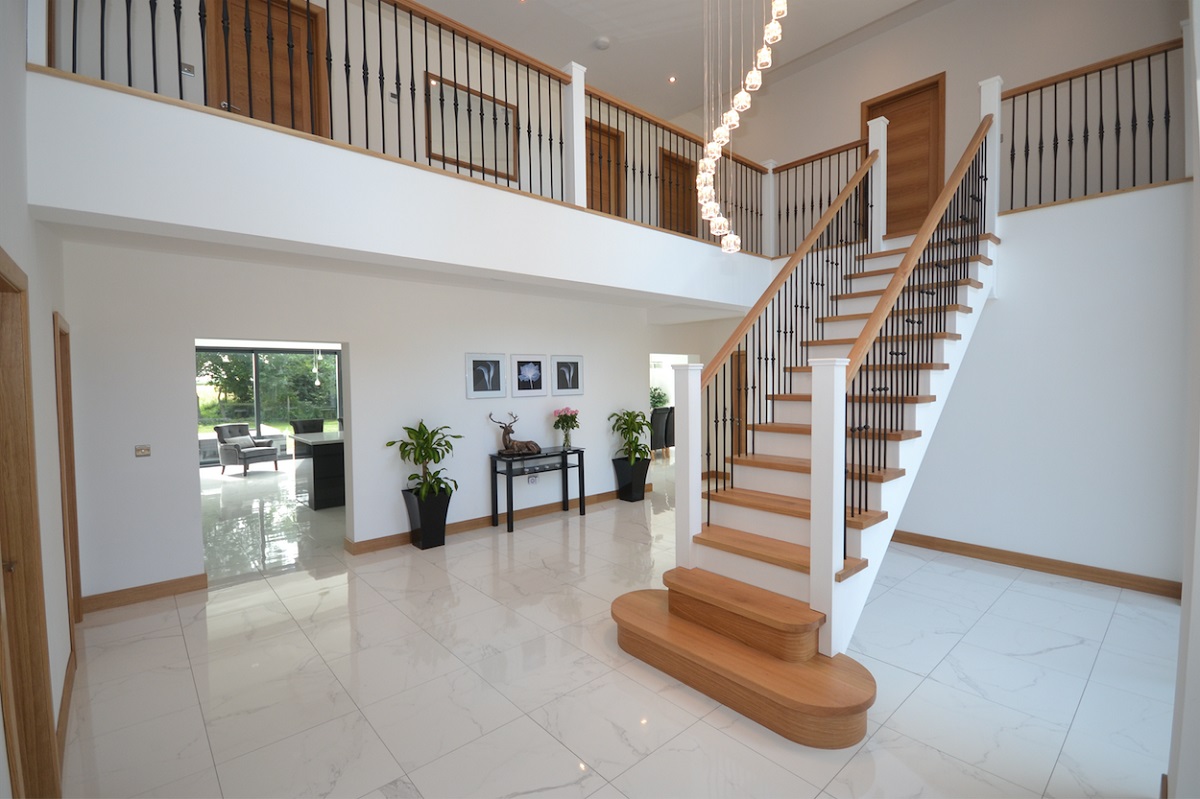
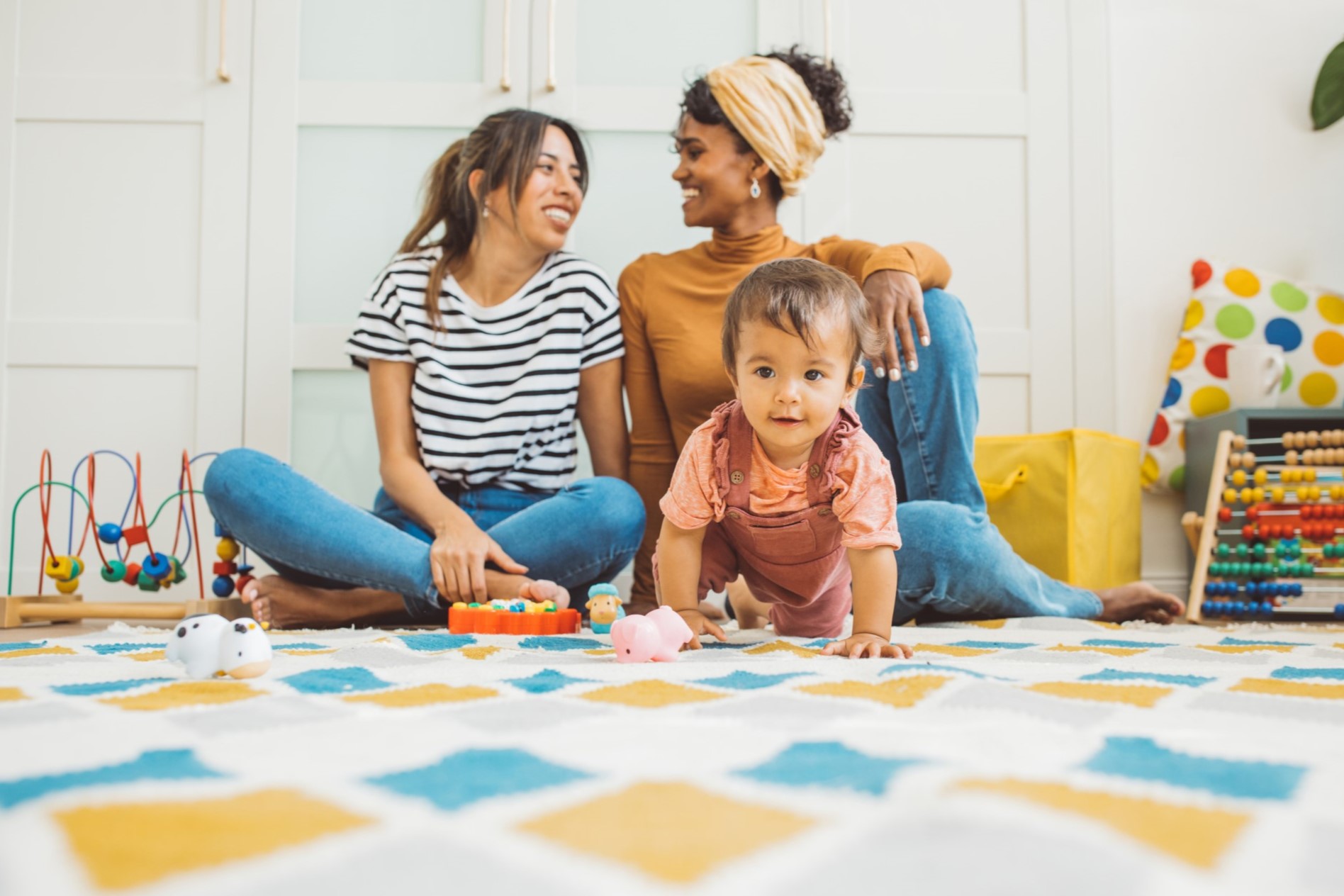
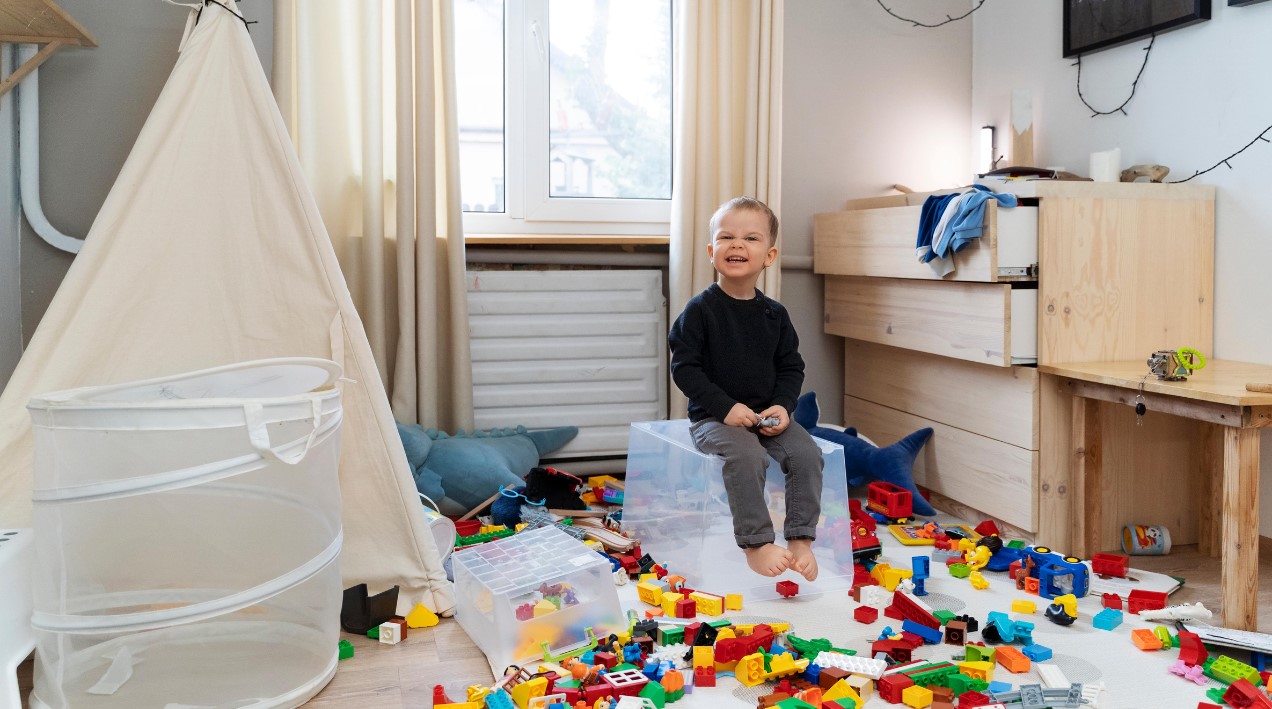
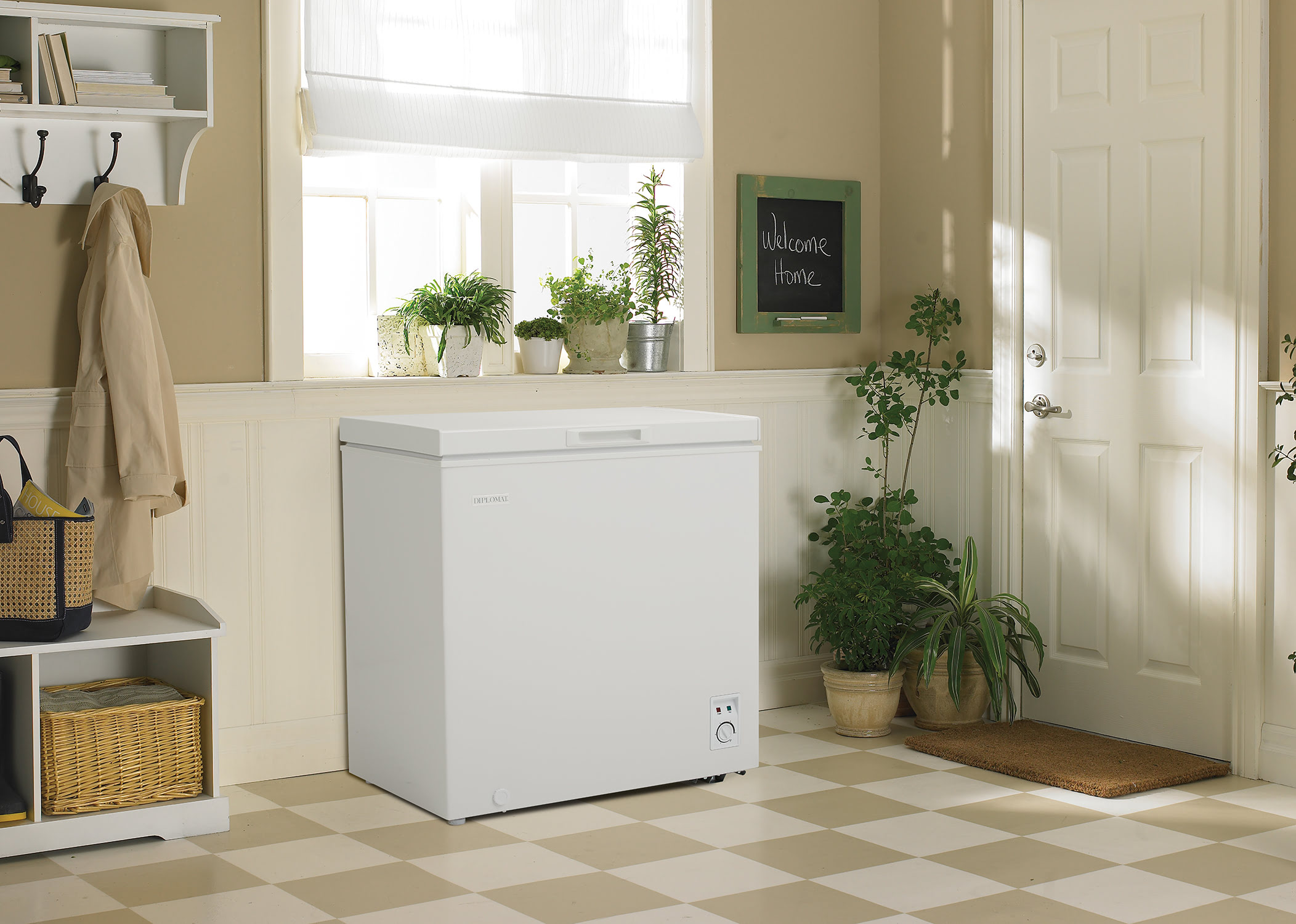

0 thoughts on “How Big Is A 2000 Square Feet Play Area?”